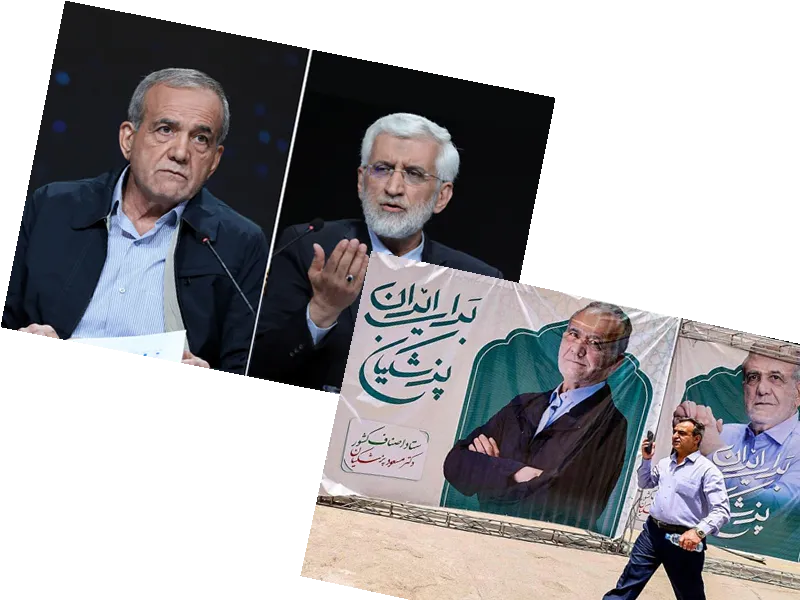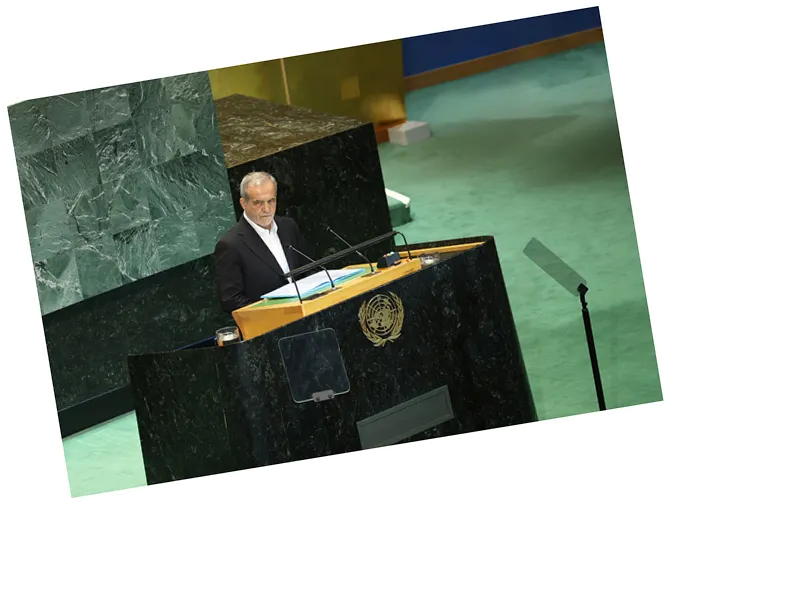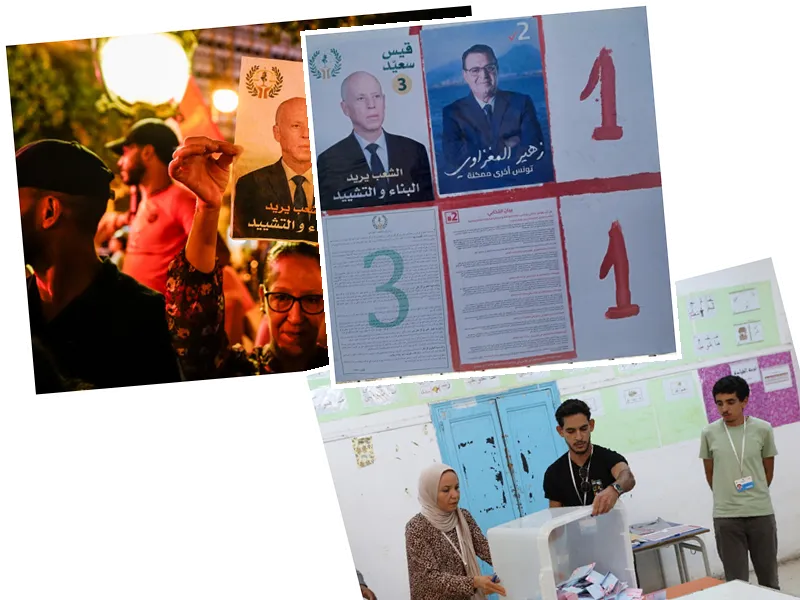Iranian Presidential Elections: Reformist vs. Conservative
The Iranian Ministry of Interior's Election Commission has announced the end of electoral propaganda, ushering in a period of electoral silence on the eve of the second round of early presidential elections scheduled for tomorrow, Friday. The reformist candidate Masoud Pezeshkian (69 years old) and the conservative Saeed Jalili (58 years old) are vying for the presidency, as neither secured an absolute majority in the first round held on June 28.
In the first round, which saw a participation rate of just 40% of registered voters, Pezeshkian garnered 42.4% of the votes, while Jalili received 38.6%. The low voter turnout has prompted concerns within the regime, leading to efforts to boost public interest in the electoral process. Videos of deserted polling stations in Tehran circulated on social media, highlighting public discontent with the social and economic conditions in the country, as well as opposition to the regime.
Candidates' Stances and Public Sentiment
Pezeshkian, a proponent of rapprochement with the West and former Minister of Health under reformist President Mohammad Khatami, has been actively engaging with supporters in Tehran and other provinces. In contrast, Jalili, a staunch conservative and protégé of Supreme Leader Ayatollah Ali Khamenei, opposes any rapprochement with Western countries. The recent television debate between the two candidates aimed to sway undecided voters.
The elections were hastily organized following the death of President Ebrahim Raisi in a helicopter crash. The regime's media have been emphasizing the importance of voting, but public apathy remains high. Iran's supreme leader downplayed the low turnout, suggesting it does not reflect widespread opposition to the regime. However, signs of protest have emerged, including slogans against the regime's religious coercion laws.
The campaign has also seen internal conflicts among senior officials. Ali Akbar Salahi, head of the Iranian Atomic Energy Agency, accused Jalili of sabotaging a nuclear agreement with the Biden administration, a claim quickly condemned by former foreign minister Muhammad Javad Zarif.
For many Iranians, the elections hold little promise for change. Amjad Amini, whose daughter was killed by chastity guards for refusing to wear a hijab, announced a boycott, reflecting the sentiments of millions who feel disenfranchised.
- The Iranian presidential elections have been marked by low voter turnout and public discontent. The regime has made significant efforts to increase participation, but the social and economic conditions, along with opposition to the disqualification of candidates by the clergy committee, have led to widespread apathy.
- Supreme Leader Ayatollah Ali Khamenei has attempted to downplay the significance of the low turnout, but protests and dissent continue to surface. The internal conflicts among senior officials, particularly over the nuclear agreement, have further complicated the political landscape.
- The tragic story of Amjad Amini and his daughter Mahsa highlights the deep-seated issues within the country. Amini's decision to boycott the elections resonates with many Iranians who have lost faith in the electoral process and the prospects for justice and reform.






